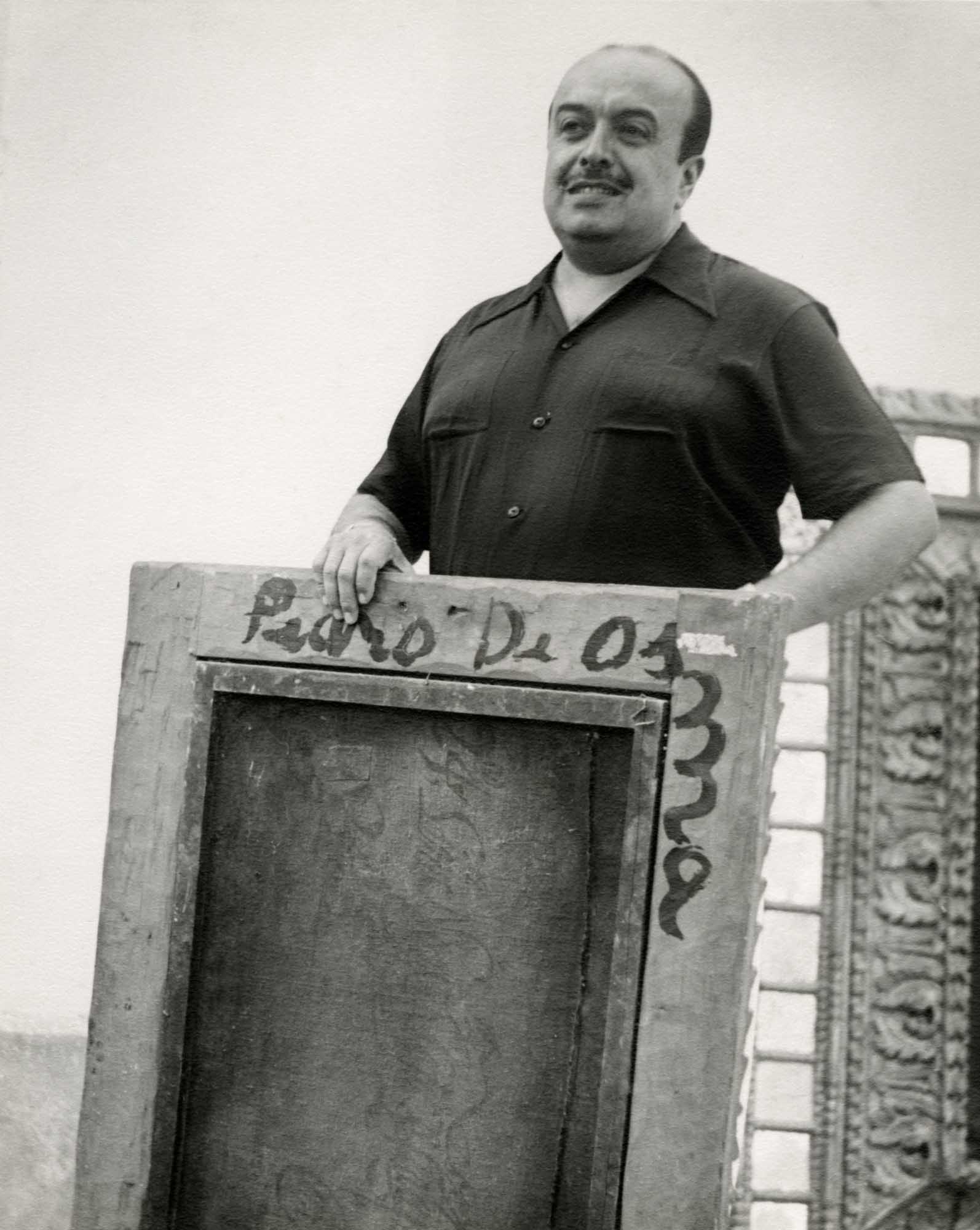[:es]
HISTORIA
El Museo Pedro de Osma se creó a partir de la colección del filántropo Pedro de Osma Gildemeister, quien tenía en su resguardo obras del patrimonio virreinal de nuestro país.
Buena parte de su vida, hasta su fallecimiento en 1967, coleccionó objetos artísticos de los siglos XVI al XVIII, como: pinturas, esculturas, retablos, piezas de plata, tallas en piedra de Huamanga, muebles y objetos diversos procedentes de áreas de antigua tradición plástica andina – especialmente de Cusco y Ayacucho– que ubicó sin pretensiones de museo en los salones de su casa y que mostraba a sus invitados y visitantes.
Tras la muerte del coleccionista se formó la Fundación Pedro y Angélica de Osma Gildemeister para conservar y exhibir las obras de don Pedro al público. El día 13 de julio del 1988 el Museo Pedro de Osma abrió sus puertas por primera vez atendiendo a grupos previa cita y a partir del año 1996 abrió sus instalaciones de manera permanente.
El Museo, en su labor de la conservación del patrimonio del Perú, la educación de historia del arte y la investigación de obras virreinales, continuará aportando en el reforzamiento de la identidad peruana con el orgullo de nuestra cultura mestiza.

THE PEDRO DE OSMA MUSEUM
The Pedro de Osma Museum was created from the private collection of the philanthropist Pedro de Osma Gildemeister, who held very important art pieces, part of the viceregal heritage of our country.
Much of his life, until his death in 1967, he collected artistic objects from the 16th to 18th centuries, such as: paintings, sculptures, altarpieces, silverworks, carvings of Huamanga stone, furniture and various objects from areas of ancient Andean plastic tradition -especially from Cusco and Ayacucho- that he arranged unpretentiously in the halls of his house and used to show to his guests and visitors.
After the death of the collector, the Pedro and Angelica de Osma Gildemeister Foundation was created to preserve and exhibit the art pieces of Mr. Pedro to the public. On July 13, 1988, the Pedro de Osma Museum opened its doors for the first time attending groups only by appointment, then from 1996 opened its facilities permanently.
The Museum, in its work of conserving the Peruvian heritage, the education of art history and the investigation of viceregal art, will continue to contribute to the reinforcement of Peruvian identity with the pride of our mestizo culture.

